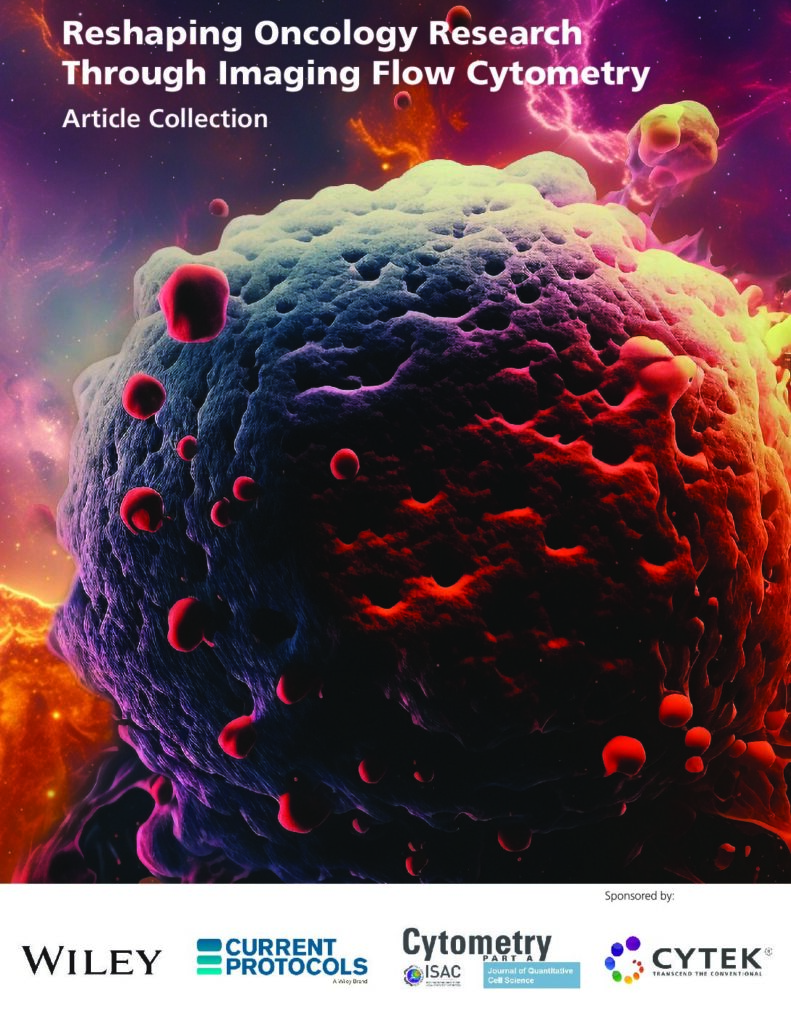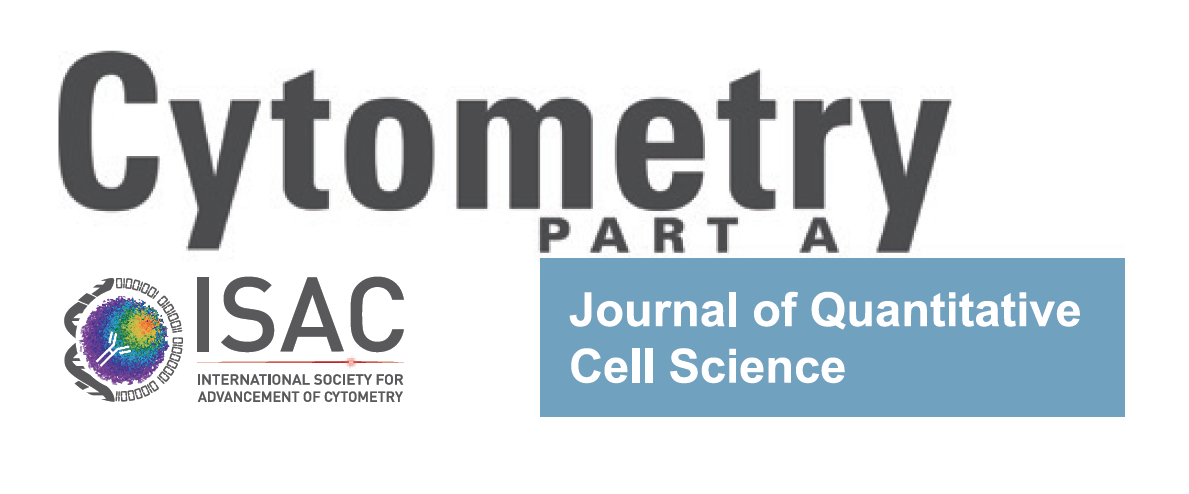Download this complimentary article collection today!
This article collection provides scientists with information on how imaging flow cytometry (IFC) can help further cancer research.
What you will learn about:
- Cutting-Edge Oncology Research: Explore the transformative power of IFC in cancer research, a technique that combines flow cytometry’s quantitative analysis with the high-resolution imaging of microscopy, providing an in-depth look at cellular anomalies.
- Enhanced Diagnostic Precision: Learn why IFC’s high-resolution imaging is crucial for detecting subtle phenotypic changes in cells, which can signal the onset of cancer or the effectiveness of treatments, and how it enables the identification of rare cell types like circulating tumor cells.
- Personalized Cancer Therapy: Discover how IFC’s detailed imagery aids in characterizing cellular characteristics that may predict disease progression or treatment response, thus contributing to the advancement of personalized medicine in oncology.

More Information
Imaging Flow Cytometry (IFC) marks a significant leap forward in oncology research by combining the quantitative analysis of flow cytometry with the high-resolution imaging of microscopy. This technique allows for a detailed examination of cellular anomalies that contribute to cancer, providing a deeper understanding of cell morphology and marker distribution. The enhanced resolution is crucial for detecting subtle changes in cell phenotype, aiding in early cancer detection and assessing the treatment effectiveness. IFC’s ability to analyze rare cell types, like circulating tumor cells, with unprecedented precision furthers the personalization of cancer therapy, making it a pivotal tool in the fight against cancer.
Articles contained in the collection:
[1] Stanley, J. et al. (2021). Analysis of human chromosomes by imaging flow cytometry. Cytometry Part B – Clinical Cytometry. https://doi.org/10.1002/cyto.b.22023.
[2] Durdik, M. et al. (2021). Imaging flow cytometry and fluorescence microscopy in assessing radiation response in lymphocytes from umbilical cord blood and cancer patients. Cytometry Part A. https://doi.org/10.1002/cyto.a.24468.
[3] Yazdi, M. et al. (2024). In Vivo Endothelial Cell Gene Silencing by siRNA‐LNPs Tuned with Lipoamino Bundle Chemical and Ligand Targeting. Small. https://doi.org/10.1002/smll.202400643.
[4] Jespersen, J.H. et al. (2023). Analysis of cortical cell polarity by imaging flow cytometry. Journal of Cellular Biochemistry. https://doi.org/10.1002/jcb.30476.
[5] Rosenberg, C.A. et al. (2021). Exploring dyserythropoiesis in patients with myelodysplastic syndrome by imaging flow cytometry and machine-learning assisted morphometrics. Cytometry Part B – Clinical Cytometry. https://doi.org/10.1002/cyto.b.21975.


